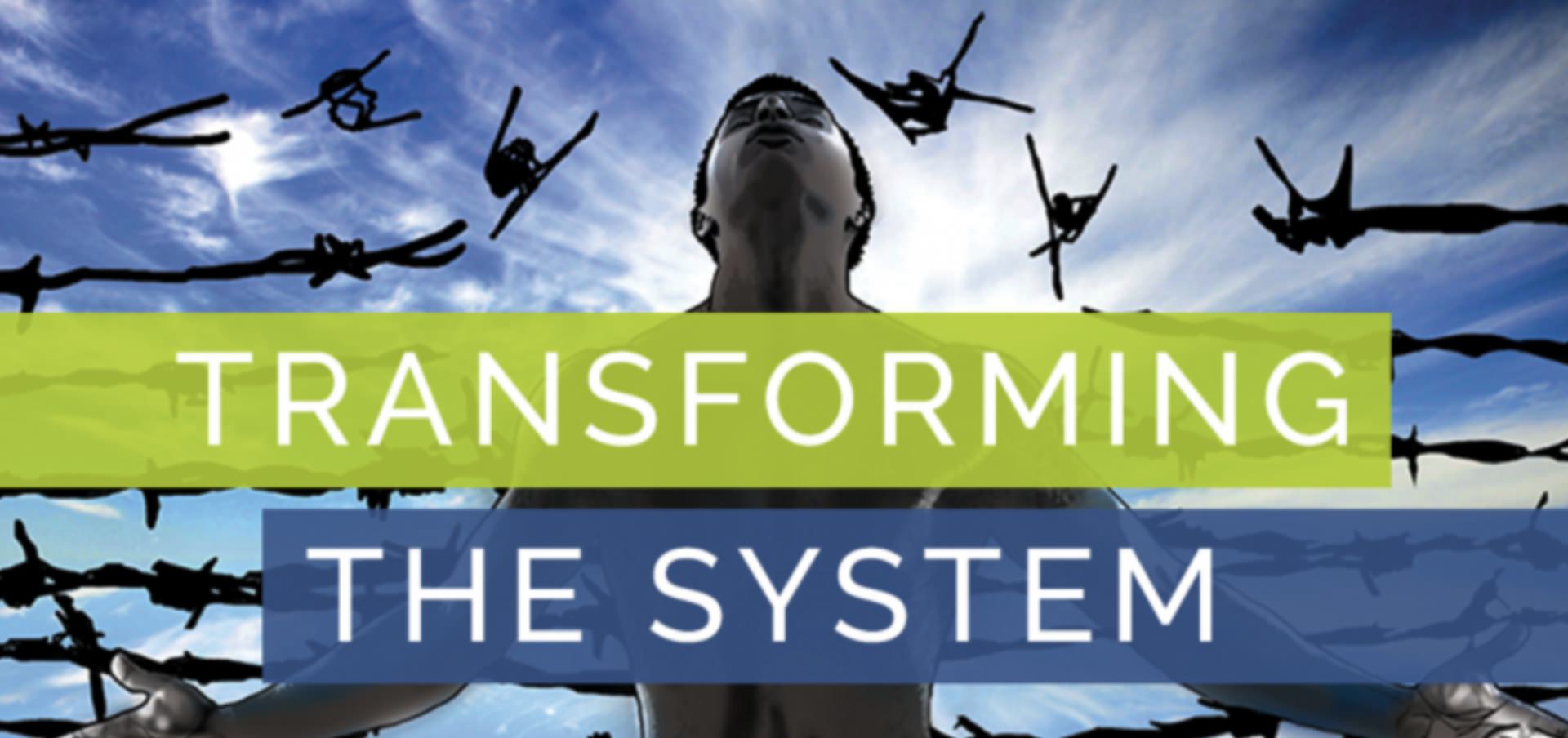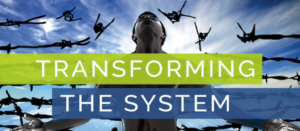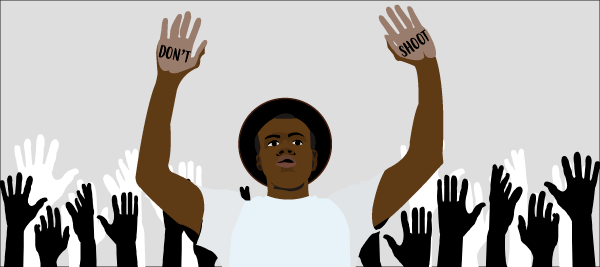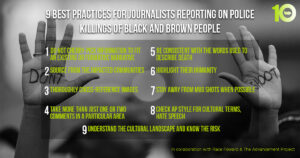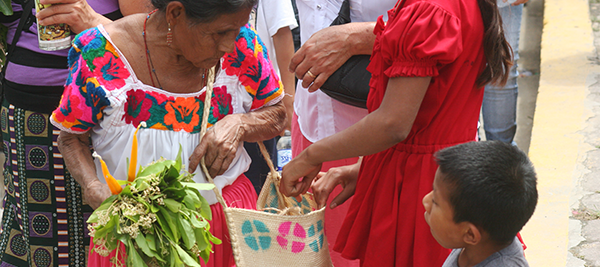On Monday, June 26, the U.S. Supreme Court allowed portions of President Trump’s Muslim ban to go into effect, continued to prohibit other portions from going forward, and agreed to fully consider the constitutionality of the ban this fall.
The High Court has not ruled on the constitutionality of the ban, but has let parts of it go forward while it considers the ban’s legality. It’s important to call out why the ban’s religious discrimination is not only unlawful but bad for our nation. We hope the following quick tips, based on communications research, experience, and input from partners around the country, helps with this task as we all move forward.
Building a Message – Value, Problem, Solution, Action
Values
Communications research shows that audiences are more receptive to new arguments when they are framed by shared values. For the Muslim ban, there are three sets of recurring values that we want to keep at the center of the conversation:
1) Our Core National Values
Remind people of the kind of country we want to be, drawing on our best ideals. For some audiences, describing times in our history when we have done the right thing is inspiring.
Values: Opportunity, freedom, justice, our founding legal documents.
We see tonight what I believe is a clear violation of the Constitution, and so clearly tonight we have to commit ourselves to the longer fight. Clearly tonight, we have to commit ourselves to the cause of our country. Clearly tonight, we have to be determined to show this world what America is all about.”
Trump’s actions are hurting Netflix employees around the world, and are so un-American it pains us all…It is time to link arms together to protect American values of freedom and opportunity.”
A nation founded with the promise of religious freedom. This nation wants to ban Muslim immigrants? #NoBanNoWall”
2) Our Moral Responsibility
Remind audiences of our responsibilities to our fellow humans and how we must rise above fear and xenophobia to find our “better angels” as Abraham Lincoln once said. We share responsibility for one another and for protecting and uplifting human rights.
Values: Empathy, compassion community.
America is better when we lead with freedom, not fear. We cannot allow fear to dictate our decisions. We must act with requisite caution, but also with compassion and moral clarity.
We need to protect all our brothers and sisters of all faiths, including Muslims, who have lost family, home and country.
Even though Dory gets into America, she ends up separated from her family, but the other animals help Dory. Animals that don’t even need her. Animals that don’t have anything in common with her. They help her, even though they’re completely different colors. Because that’s what you do when you see someone in need – you help them.
3) Our “Can-do” Spirit
Audiences are hungry for solutions in times like these. We have to remember to highlight what we want moving forward – and how we can get there – in addition to pointing out what we’re against. Sympathetic audiences need to be primed to feel proud of our country’s capacity to accommodate all kinds of people, and our history of providing opportunity for those seeking it. Those in our base need to hear forward-leaning messages about working together to counter, demolish, and replace bad policies.
Values: Pragmatism, common sense, innovation, determination to do the right thing, our shared responsibility to fix flawed policies, solidarity
It doesn’t make sense to spend billions of dollars of taxpayer money on something that is really not necessary. This is a 15th century solution to a nonexistent problem. We need a 21st century, common-sense border policy that upholds the dignity of our border residents.
– Vicki Gaubeca, Director, ACLU New Mexico Regional Center for Border Rights, New Mexico.
I think this is a problem that will need diplomatic solutions, political solutions, military solutions, educational, social, and other solutions. So, this is a problem that is multi-faceted and therefore requires a multi-faceted solution. Muslims are an integral part of that solution.
There is something more important and powerful than all three branches of government. It is you – the people.
– New York City Mayor Bill DeBlasio in support of protesters.
Problem
Frame problems as threats to our shared values. This is the place to pull out stories and statistics that are likely to resonate with the target audience. But choose facts carefully. We all have a lot of evidence to support our claims. However, facts do not tend to change minds if the facts are not couched in values.
We vehemently oppose any proposal or statements calling for a ban on refugees, as well as discrimination based on religion or nationality. As a nation founded in part by refugees and immigrants, these kind of discriminatory policies dishonor our history, beliefs and values.
[The Muslim ban is] a stunning violation of our deepest American values, the values of a nation of immigrants: fairness, equality, openness, generosity, courage… As an immigrant and the child of refugees, I join them, with deep feeling, in believing that the policies announced Friday tear at the very fabric of our society.
Solution
Pivot quickly to solutions. Positive solutions leave people with choices, ideas, and motivation. They are the hero of the story and rescue the values at stake. In the case of this Muslim ban, our existing laws and their enforcement, our resiliency, and our values will all point us in the right direction when it comes to solutions.
Restricting a religion… is as short-sighted as it is immoral. More intelligent would be to increase resources dedicated to regional refugee process centers so security checks occur in timely fashion.”
The United States is a nation governed by the rule of law and not the iron will of one man. President Trump now has learned that we are a democratic republic where the powers of government are not dictatorial. They are limited. The courts are the bulwark of our democracy that protects individual rights and guards against the overreaching of an administration that confuses its will for the American public’s.”
Action
Assign an action. What can this specific target audience do? Try to give them something concrete that they can picture themselves doing: making a phone call, sending an email. Steer clear of vague “learn more” messages, when possible. For people who have only recently become active due to the events of the past few months, it is particularly important to be explicit about action. Include specific steps and assurances that they can help make a difference by following through.
Additional Tips
Balance Individual Stories with System-Wide Solutions
Storytelling features, at its core, heroes and heroines who bring issues such as immigration to life, so stories about individual triumph and tragedy are an obvious component. However, without sufficient context, audiences can limit a story’s implication to the individual level, attributing successes and failures to personal responsibilities and actions that have little to do with the system-level change we are seeking in our immigration policies.
Telling Affirmative Stories
We’re all faced with misleading, inaccurate, and untruthful statements about our issues. And we certainly can’t allow misinformation to go unchallenged. But the best way to counter false information is to tell our affirmative story in ways that overcome the other side’s falsehoods. By contrast, we should avoid myth busting, or restating the false argument and then explaining why it’s wrong.
In fact, repeating misinformation, even to refute it, can cause audiences to remember it better, but not necessarily remember that it was wrong. This is particularly true when information is stated in the affirmative, as happens with the “Myth/Fact” format of disputing untruths, for example: “Myth: The flu vaccine can sometimes cause the flu. Fact: The flu vaccine does not cause the flu.” The better approach is to proactively put forward what is true. “The flu vaccine prevents the flu.” Or “This order assumes that refugees don’t already go through a comprehensive vetting system, but they do.” A better approach: “Refugees undergo months of vetting and interviews before they are considered for entry into the U.S. And perhaps as a result, rates of unlawful behavior among these groups is lower than among people who were born here. They are on average one of the most law-abiding groups of people you could hope for in your community.”



